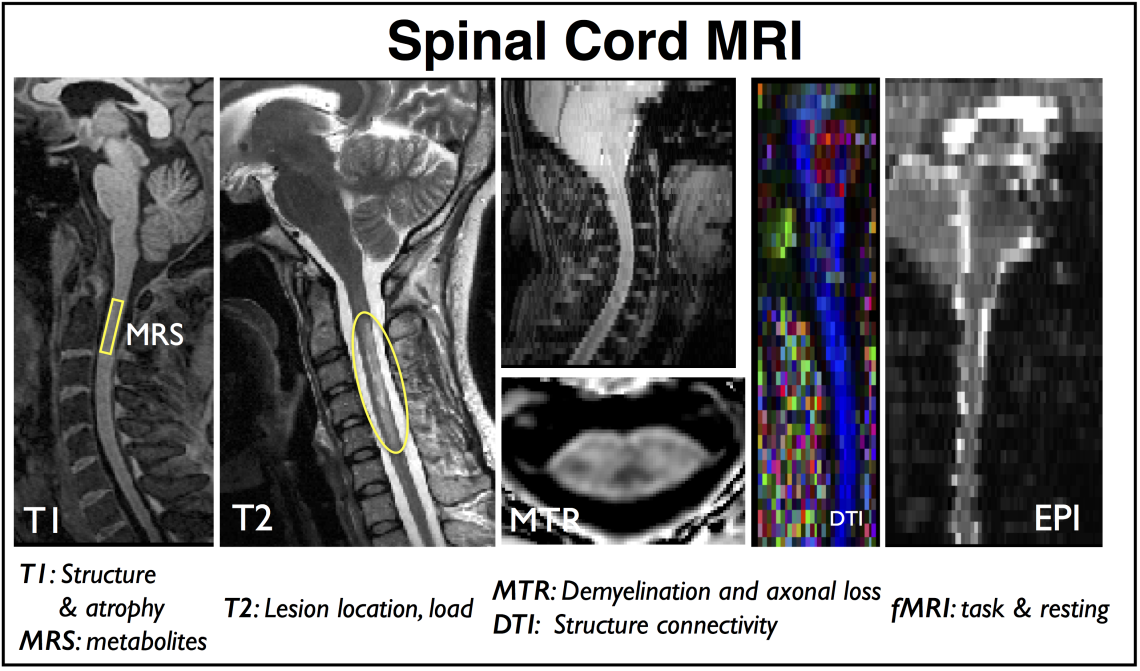Dr. Yazhuo Kong

Contact information
yazhuo.kong@ndcn.ox.ac.uk
kongyz@psych.ac.cn
01865 611454
75th descendant of Confucius!
B.Eng: University of Science and Technology of China
Ph.D: University of Sheffield
I have moved to Beijing since 2017 as PI of the Lab for Intergrative Neuroimaging of Pain (LINIP) , Institute of Psychology, Chinese Academy of Sciences.
Joe Yazhuo Kong
Ph.D
Honorary Research Fellow
- Pain Neuroimaging analysis
Pain neuroscience, spinal cord MRI, neuropathic pain, neurodegeneration diseases
spinal MRI

I obtained my PhD from the Department of Psychology and Department of Automatic Control and System Engineering, University of Sheffield, with a joint and interdisciplinary project of haemodynamic response modelling in neuroimaging analysis. I focused on spinal cord imaging after I moved to the FMRIB centre, University of Oxford. Since 2017, I started my own group, Lab for Integrative NeuroImaging of Pain (LINIP), at the Institution of Psychology, Chinese Academy of Sciences. The team primarily focuses on studies to reveal the complex somatosensory neural mechanisms of the cortico-spinal neural circuits involved in pain perception, cognition and modulation, and develop pain relief strategies for neuropathic pain.
I have published a series of high-impact papers in top-tier biomedical and neuroscience journals, such as Brain, PNAS, Journal of Neuroscience, NeuroImage, Cerebral Cortex, Human Brain Mapping etc, and obtained multiple patents and software copyrights.
Google Scholar:
https://scholar.google.co.uk/citations?user=juKcGHMAAAAJ&hl=en
Key publications
-
Age-associated changes in multimodal pain perception.
Journal article
Zhi Y. et al, (2024), Age Ageing, 53
-
The dual facilitatory and inhibitory effects of social pain on physical pain perception.
Journal article
Zhang M. et al, (2024), iScience, 27
-
Thalamocortical Mechanisms for Nostalgia-Induced Analgesia.
Journal article
Zhang M. et al, (2022), J Neurosci, 42, 2963 - 2972
-
Quantitative spinal cord MRI in MOG-antibody disease, neuromyelitis optica and multiple sclerosis.
Journal article
Mariano R. et al, (2021), Brain, 144, 198 - 212
-
Pain-related reorganization in the primary somatosensory cortex of patients with postherpetic neuralgia.
Journal article
Li H. et al, (2022), Hum Brain Mapp, 43, 5167 - 5179
-
Gender discrimination facilitates fMRI responses and connectivity to thermal pain
Journal article
Zhang M. et al, (2021), NeuroImage, 244, 118644 - 118644
-
Investigating resting-state functional connectivity in the cervical spinal cord at 3 T
Journal article
Eippert F. et al, (2017), NeuroImage, 147, 589 - 601
-
Intrinsically organized resting state networks in the human spinal cord
Journal article
Kong Y. et al, (2014), Proceedings of the National Academy of Sciences, 111, 18067 - 18072
Recent publications
-
The Effects of Facilitation and Inhibition During Multimodal Somatosensory Integration
Journal article
Zhang Y. et al, (2025), Progress in Biochemistry and Biophysics, 52, 845 - 857
-
Exploration of brain-spinal cord-gut axis abnormalities and the mechanism of acupuncture therapy in irritable bowel syndrome based on magnetic resonance imaging
Journal article
Wang C. et al, (2025), Chinese Science Bulletin, 70, 959 - 967
-
Prediction models for treatment response in migraine: a systematic review and meta-analysis.
Journal article
Chen Q. et al, (2025), The journal of headache and pain, 26
-
Age-associated changes in multimodal pain perception.
Journal article
Zhi Y. et al, (2024), Age Ageing, 53
-
Body size interacts with the structure of the central nervous system: A multi-center in vivo neuroimaging study.
Journal article
Labounek R. et al, (2024), bioRxiv
-
The dual facilitatory and inhibitory effects of social pain on physical pain perception.
Journal article
Zhang M. et al, (2024), iScience, 27
-
Thermal stimulus task fMRI in the cervical spinal cord at 7 Tesla.
Journal article
Seifert AC. et al, (2024), Hum Brain Mapp, 45
-
Thermal Stimulus Task fMRI in the Cervical Spinal Cord at 7 Tesla.
Journal article
Seifert AC. et al, (2023), bioRxiv


